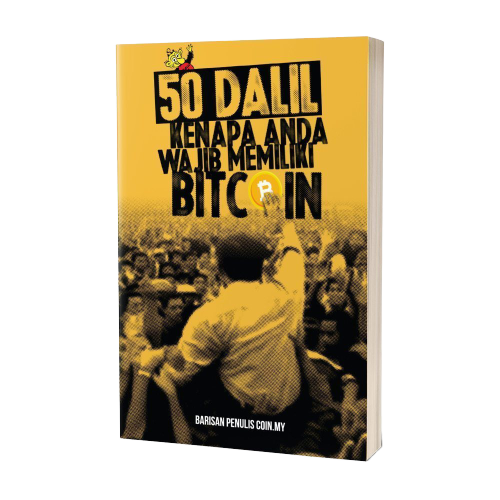What's happening with Bitcoin and SegWit2x?

Bitcoin is currently experiencing its most turbulent trend yet. News on the potentially contentious upgrade on its core software has affected price volatility. You may have heard the word ‘SegWit2x’ or ‘split’ crop up more often in regards to bitcoin nowadays.
What do we need to know about what’s happening within the Bitcoin network?
First of all, this has been a long time coming. Heated discussions on how to expand the capabilities of bitcoin for greater transaction volume has been going on for years. The issue on scalability stems from the security feature of blockchain itself. Blockchain, by design, limits the amount of information in each of its blocks to 1MB. This set a ceiling to how many transactions the blocks can carry in the network (around 3 transactions per second).
This issue is further exacerbated by Bitcoin’s rising popularity. In 2012, the network confirmed a daily average of about 8,000 transactions. Today, that figure sits around 350,000. As a result, transaction fees have soared to record levels as users compete for the limited space in the Bitcoin block. Furthermore, the delay for processing blocks have become worse.
Ideological Split
Clearly, all players in the network wants to see the problems solved. On the one hand, there are the miners. They are the ones who have invested in million dollars worth of mining rigs and equipment. What they want is a straightforward increase to the block’s limit.
On the other side is the Core, a group of developers who are important in maintaining bitcoin’s software. They believe that they can store some of the information separately from other transaction data, in order to ease the network’s congestion. Core developer Pieter Wuille first proposed SegWit as a Bitcoin improvement proposal (BIP) in 2015 to fix transaction malleability, an issue unrelated to scalability.
At the same time, it was discovered that SegWit would also clear up about 60% in the Bitcoin block to accommodate more transactions. However, the proposal faced resistance from the miners and big mining pools in China. This is because moving data off from the blockchain would greatly reduce the influence of miners.
SegWit2x Compromise
After assembling a meeting a May, a group of entrepreneurs and miners came forward with another proposal. This proposal was SegWit2x. SegWit2x basically implements similar mechanism as SegWit as well as a block size increase (from 1MB to 2MB). SegWit2x software will be released on July 21, with an August 1 deadline.
During the period, if more than 80% within the network deploy SegWit2x consistently, that would signal community-wide adoption of the proposal, and the nework could potentially avoid a split. However, if majority do not deploy by the deadline, two versions of bitcoin’s blockchain could come into existence: one where only SegWit transactions are recognized and another where all transactions – SegWit and non-SegWit – are recognized.
Either way, bitcoin will likely begin existing on both blockchains in parallel, resulting in two versions of the cryptocurrency. We can expect traders to quickly re-price the value of both, likely leading to even massive volatility than we’re currently experiencing.




